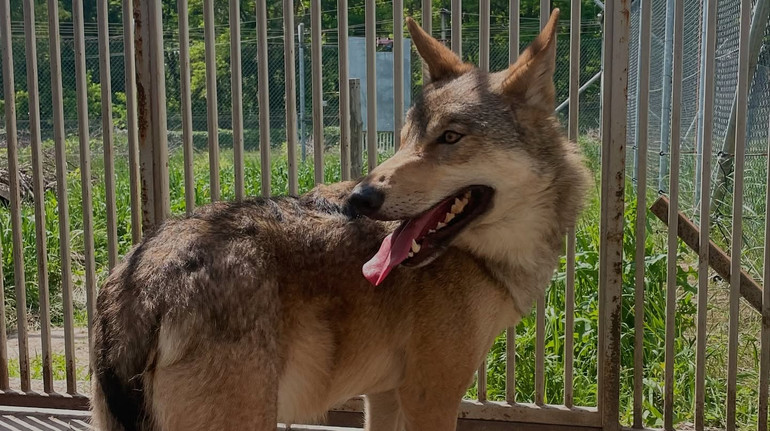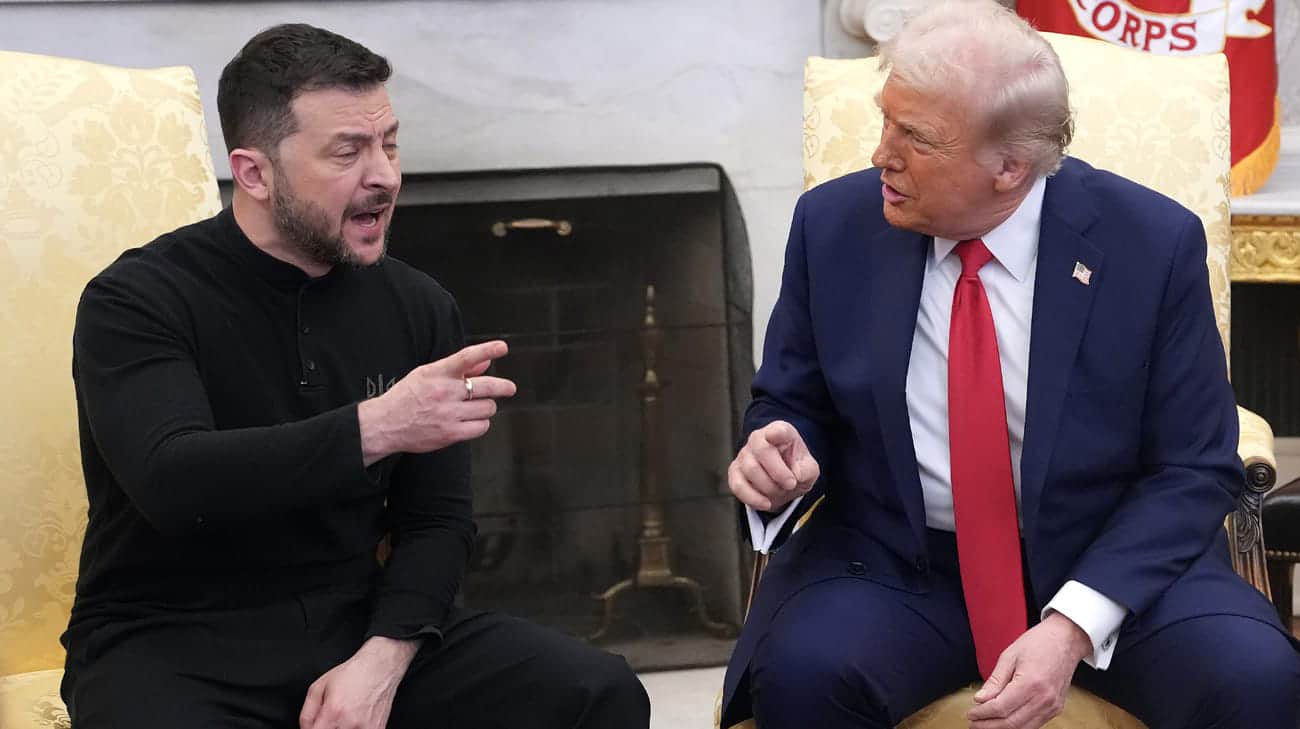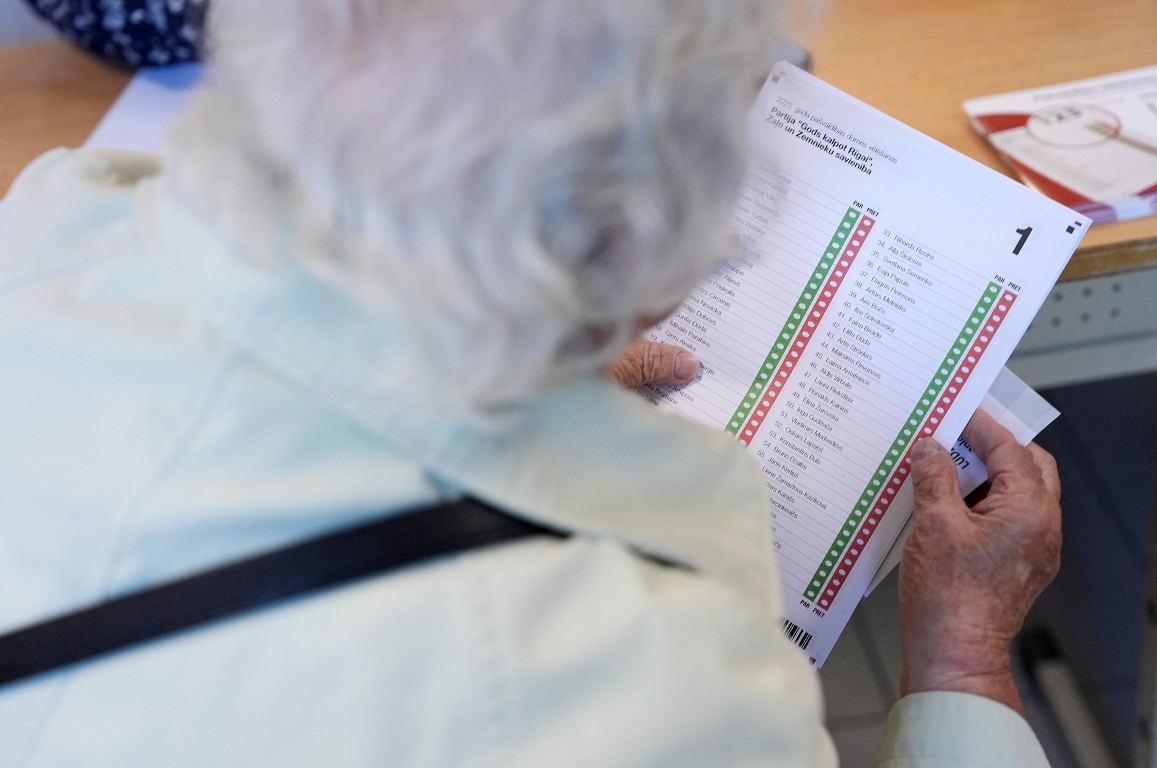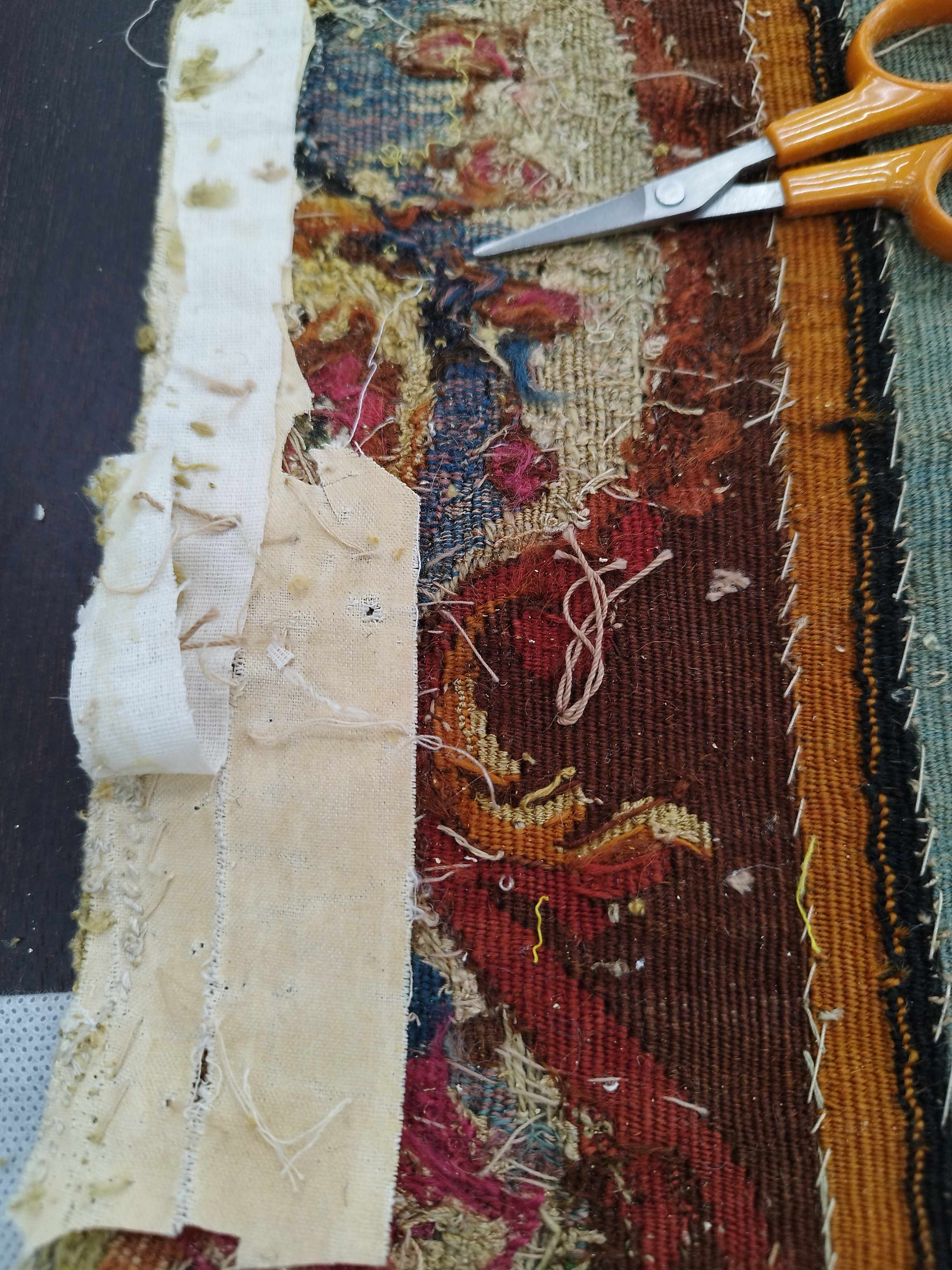Who is the Easter rabbit and where did he come from
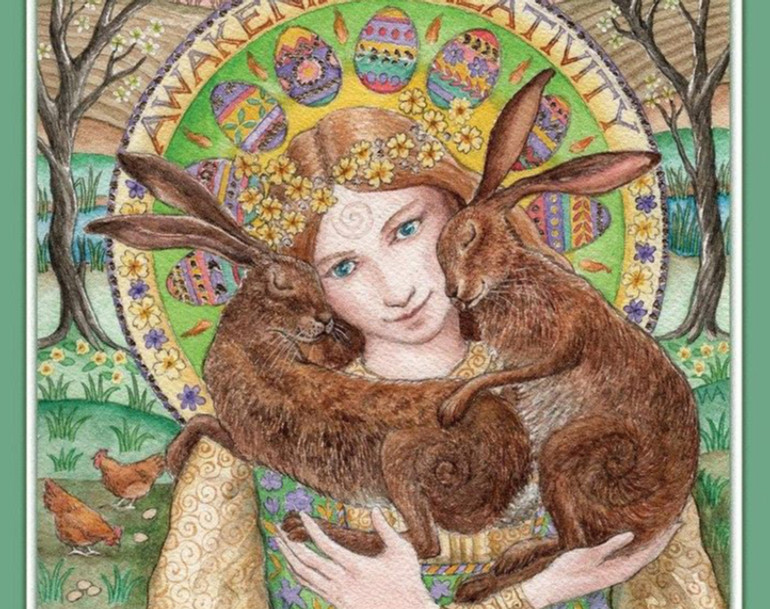
The Easter Rabbit or Hare is a popular character of mass culture, which is associated with spring holidays. In addition, in the US and Europe, the rabbit is the main symbol of Easter. It appears on postcards, Easter jewelry, toys and sweets.
Where did the Easter rabbit come from, in which countries became a symbol of Easter and when « came » to Ukraine, says « UP. Life » with reference to Time, BBC, The Conversation and research by the ethnologist Daria Anticibor.
Why is a rabbit a symbol of Easter?
Easter rabbit – The character of European and American customs, which on the eve of Easter paints and hides eggs in the garden. Children, traditionally, should find them.
The animal began to bind the animal in England and Germany. This is where the story of the Easter Rabbit begins.
In England of the XII century, April was called Eosturmonath, or « Eostre Month ». It is believed that the moon was named after the goddess of spring Ostar. The current name of Easter is in English – Easter. Some researchers say that Ostar’s goddess small a helper-wormwhich symbolized fertility and youth.
Researchers say that in the goddess of spring Ostari was an assistant rabbit
Folklorist Jacob Grimm wrote that Easter customs such as Egg paintingalso part of the ancient cult of Ostar. Subsequently, the pagan holiday of spring in honor of the goddess became a Christian feast of the Resurrection of Christ.
Ethnologist Daria Antzibor writesthat the goddess and origin of the name of the spring can only be learned from the book of the English historian and holy Beed of the pretty « about the account of the times » in 725. But it did not have any references to rabbits, eggs, or a deity that risen – the present symbols of Easter.
The mention of the help of the help of the goddess first appears in the work of the myfologist Adolf Holtzmann in 1874. He writes that The hare was first a birdbut after Ostara turned it into an animal, he could still lay his eggs.
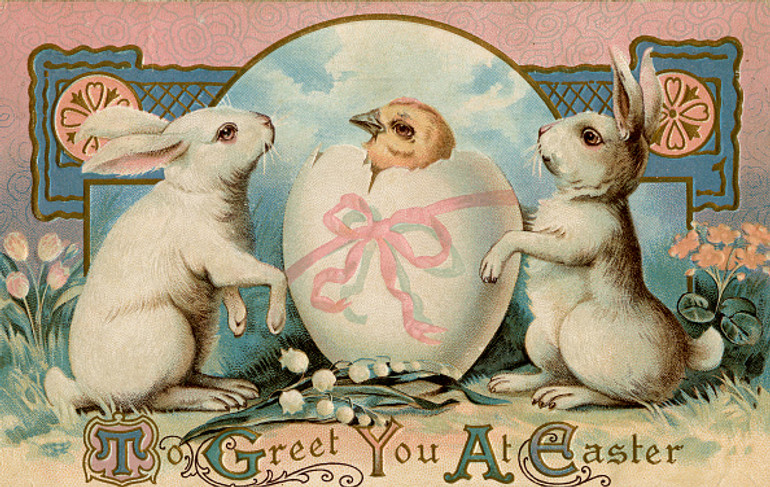
Some myths say that the Easter rabbit could lay eggs
Jim Heimann Collection/Getty IMMages
And for the first time it is the German doctor and botanist Georg Frank Frankenau in 1682 in his work « About Easter eggs » about Easter eggs. There he tells an « old fairy tale », which is about a hare that hatches eggs and leaves them in the grass.
In the 1700s, the Germans who moved to America brought their customs to the new land. The Easter Hare arrived with them. At the same time there was a tradition when Children prepare nests for the animal on the eve of Easter, and if they behaved well, find eggs in the morning.
The custom spread to the country and later the Easter rabbits began to « give » chocolate and candy, and the nests replaced the decorated baskets.
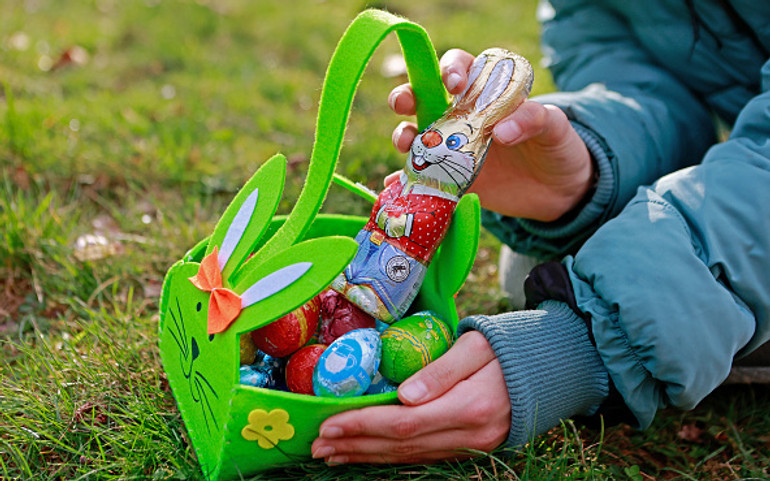
In the USA children collect sweets from rabbit in decorated baskets
Matthias Bein/Getty Immages
After a while, the hare was learned in Ukraine. Ethnologist Daria Anticibor says it resembles a modern Ukrainian tradition when obedient Children St. Nicholas Bring gifts under the pillow.
What did the hare symbolize in different cultures?
For many years, in European traditions, the hare had a number of ritual roles. During the Neolithic in Europe, rabbits were buried with people because It symbolized the Renaissance.
The written sources of England remember how the hares were hunted and eaten at the festive table. For example, they prepared a meat pie. Probably one of the reasons for eating rabbits for Easter is the scare of witches that could turn into rabbits.
In the Greek tradition, the hares were sacred for Aphrodite – the goddess of love. And with the Christianity of the rabbit began to bind, depicting in paintings with the Virgin Mary.
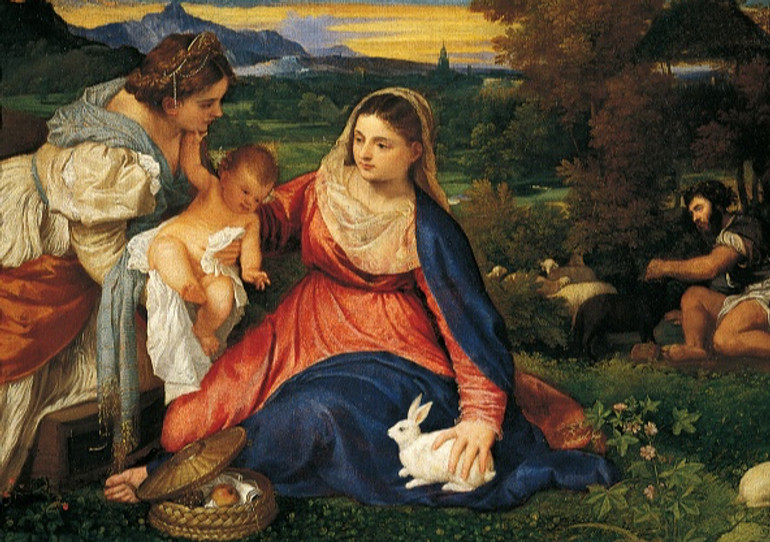
In some rabbit paintings can be found next to the Virgin Mary
De agostini/getty immages
Kashuba – a people who live in the northwestern Poland, called the hare unexpected strong wind from the sea. The animal could not be mentioned while traveling with water, because, according to the belief, it could provoke a storm.
Many medieval churches of the United Kingdom also used images of « three rabbits ». It had animals that run through a circle and their ears connect, forming a triangle. For a long time, scientists considered it a local icon.
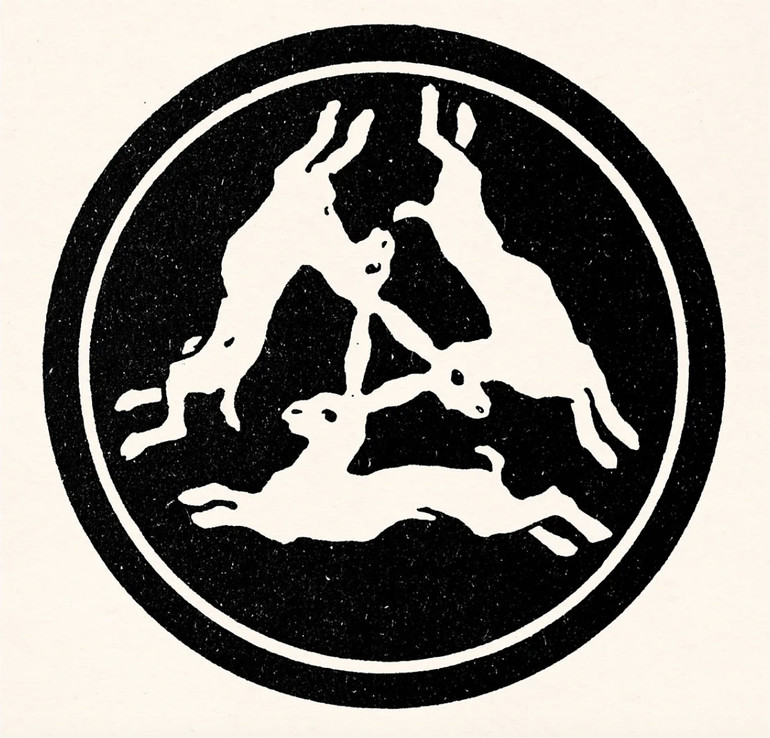
In the medieval churches of the UK used images of « three rabbits »
Alamy
Subsequently, the images were found in some cathedrals and synagogues of Germany, in French churches, on artifacts in Syria and Egypt.
In Swabia, the area in the southwest of Germany, believed that children were emerging from hare nests. Easter tradition to find the eggs left the hare is also associated with the motive of new life.
How is the hare image related to Ukrainian customs?
Due to the fact that the hare is active at night, in some myths and fairy tales it is associated with the other.
In Ukraine, there is a belief that a hare that will cross a person’s road, heralds death or serious problems. Because of this, they could appear from prejudice when the head, paw or tail of the hare began to be used as charms.
Mention of a hare as a symbol of spring can be seen in Ukrainian freckles. Many of these songs could also have erotic implications, because the hare in folklore is often associated with fertility.

About the hare as a symbol of fertility, mentioned in some Ukrainian freckles
The first rabbits are born in the early spring, and therefore Easter rites in honor of the awakening of nature were also associated with the animal.
Although the hare became a symbol of one of the greatest Christian holidays, it and painted eggs are not mentioned in Scripture.

